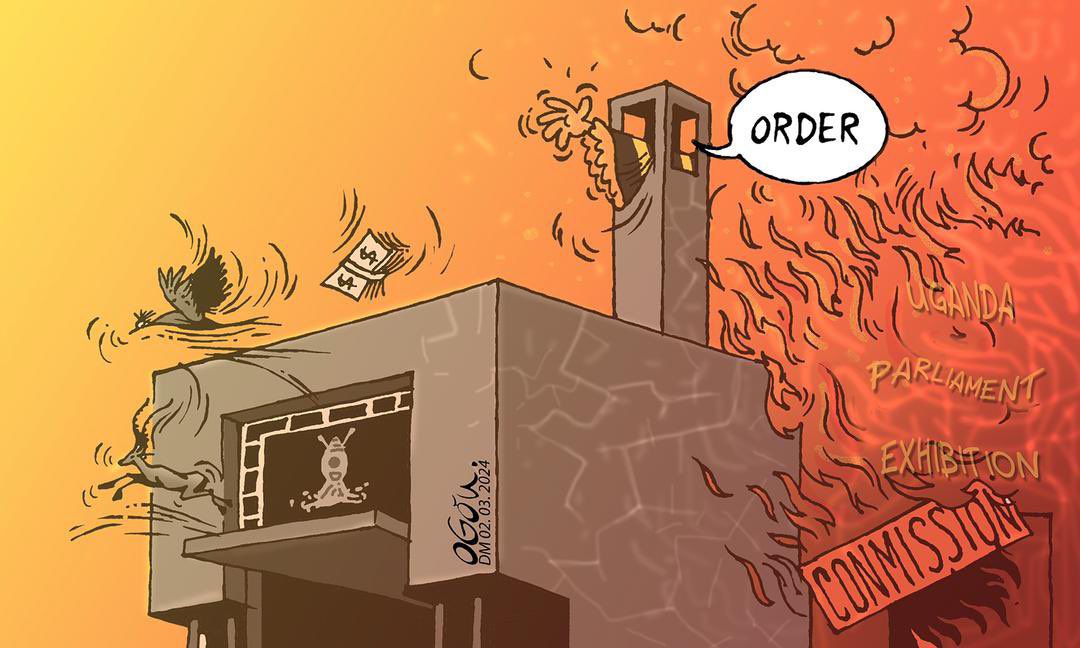
Recent revelations regarding the allocation of significant sums towards the rehabilitation of Uganda’s Parliament, coupled with substantial expenditures on the Retooling of Parliament Commission, have raised eyebrows and ignited a public outcry for transparency and accountability. With taxpayer funds amounting to UGX 45,370,000,000 directed towards parliamentary rehabilitation and another UGX 22,121,000,000 for the Retooling of Parliament Commission, citizens are left questioning the justification and efficacy of these expenditures.

The Rehabilitation of Parliament: What’s Involved?
The staggering UGX 45,370,000,000 allocated for the rehabilitation of Parliament raises critical questions about the nature and scope of the renovation activities. Rehabilitation typically entails a comprehensive overhaul of existing infrastructure, facilities, and amenities within the parliamentary complex. This could encompass a wide range of activities, including but not limited to:
1. Structural Renovations: Addressing structural deficiencies, repairing damages, and reinforcing the integrity of parliamentary buildings and structures.
2. Functional Upgrades: Upgrading utilities, electrical systems, plumbing, and HVAC (heating, ventilation, and air conditioning) systems to ensure functionality and efficiency.
3. Aesthetic Enhancements: Refurbishing interiors, furnishings, and décor to create a conducive and dignified environment for parliamentary proceedings and activities.
4. Accessibility Improvements: Installing ramps, elevators, and other accessibility features to ensure inclusivity and accommodate persons with disabilities.
5. Security Enhancements: Upgrading security infrastructure, surveillance systems, and access control measures to safeguard parliamentary premises and personnel.
While these activities are undoubtedly essential for maintaining the functionality and integrity of parliamentary facilities, questions persist about the scale, necessity, and cost-effectiveness of the rehabilitation project. Taxpayers demand transparency regarding the specific breakdown of expenses and assurances that funds are being utilized judiciously and prudently.
Understanding the Retooling of Parliament Commission
Amidst discussions of parliamentary rehabilitation, the role of the Retooling of Parliament Commission (RPC) comes under scrutiny. The RPC is tasked with spearheading initiatives aimed at enhancing the capacity, efficiency, and effectiveness of Uganda’s Parliament. This includes a wide array of activities focused on modernization, capacity-building, and institutional strengthening.
The allocation of UGX 22,121,000,000 to the RPC raises questions about the specific initiatives and programs funded by this allocation. These may include:
1. Capacity-Building Programs: Training workshops, seminars, and educational programs aimed at enhancing the skills and competencies of parliamentarians and parliamentary staff.
2. Technological Upgrades: Investment in modernizing parliamentary technology infrastructure, information management systems, and digitalization efforts to improve efficiency and transparency.
3. Research and Policy Support: Funding research initiatives, policy analysis, and legislative support services to facilitate evidence-based decision-making and legislative oversight.
4. Public Engagement and Outreach: Initiatives aimed at promoting public participation, transparency, and accountability in parliamentary processes through civic education, public forums, and stakeholder engagement.
While these initiatives are crucial for enhancing parliamentary performance and public service delivery, concerns linger regarding the transparency, accountability, and impact of the RPC’s activities. Citizens demand clear benchmarks, evaluation mechanisms, and public oversight to ensure that resources are effectively utilized to maximize their impact on parliamentary operations and governance.
In conclusion, the allocation of significant sums towards parliamentary rehabilitation and the Retooling of Parliament Commission underscores the importance of transparency, accountability, and efficiency in parliamentary expenditure. As custodians of public funds, Parliament and the RPC must ensure that resources are utilized judiciously to enhance parliamentary functionality, service delivery, and democratic governance for the benefit of all Ugandans.






